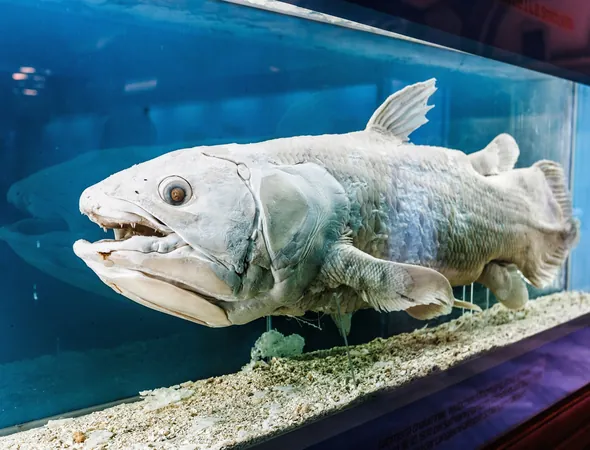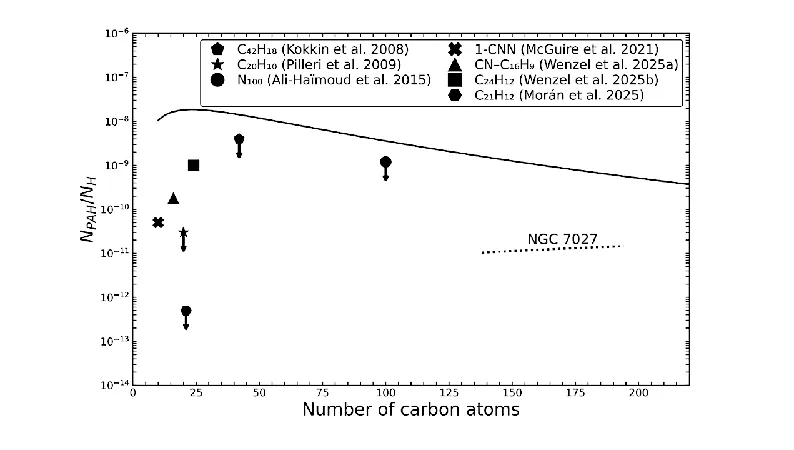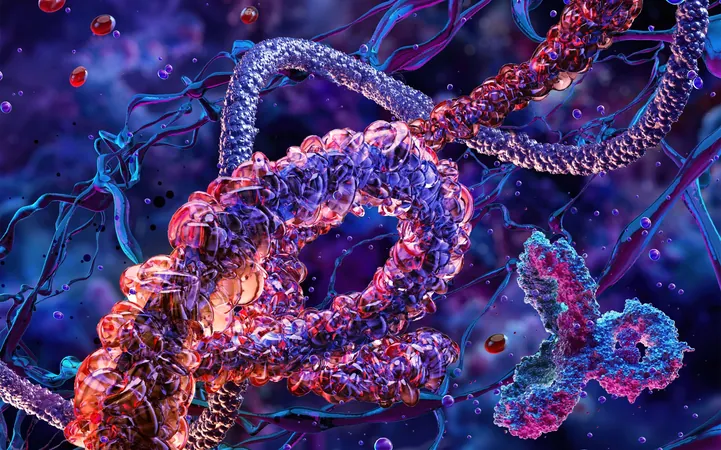
Unlocking Evolution: How the Coelacanth Reshapes Our Understanding of Breathing and Feeding
2025-08-01
Author: Siti
The Coelacanth: A Living Link to Our Past
The African coelacanth, scientifically known as Latimeria chalumnae, has dazzled scientists for decades with its 'living fossil' status, showcasing a skeletal structure nearly identical to fossils over 65 million years old. Despite extensive research, a recent study has unraveled significant errors in our understanding of this deep-sea wonder's anatomy, particularly concerning its head muscles.
A Game-Changing Discovery
Researchers from the University of São Paulo and the Smithsonian Institution have found that only 13 percent of the previously identified evolutionary muscle features in the coelacanth were accurately described. What was once believed to be muscle tissue aiding the fish's feeding mechanisms was largely misidentified as ligaments—structures that lack the ability to contract.
Lead researcher Aléssio Datovo stated, "The corrected findings reveal that the coelacanth shares even more characteristics with cartilaginous fish, like sharks and rays, as well as tetrapods, than we previously realized." This realization could shake the foundations of how biologists understand the evolutionary trajectory of jawed vertebrates.
Revisiting Old Assumptions
Bony fish diverged into two major lineages around 420 million years ago, with ray-finned and lobe-finned fish evolving distinctly different methods of feeding. While many ray-finned fish developed powerful suction capabilities, enabling a boom in species diversity, coelacanths and their relatives rely primarily on biting.
Datovo clarifies, "It was assumed that the suction-enhancing muscles found in modern fish were also present in the coelacanth’s ancestors. However, our findings indicate that these features didn’t appear until at least 30 million years later in the lineage of living ray-finned fish."
Preserving a Precious Resource
Coelacanths inhabit deep underwater caves, making them incredibly rare—fewer than a hundred specimens are known to exist in museums since the first living observation in 1938. To conduct their groundbreaking research, Datovo and co-author G. David Johnson spent years acquiring specimens from institutions like the Field Museum and Virginia Institute of Marine Science.
Setting the Record Straight
During an exhaustive investigation, the team uncovered numerous inaccuracies in past literature, with 11 structures misidentified as muscles rather than ligaments. This misunderstanding inflated the coelacanth's presumed ability to utilize suction feeding.
Rebuilding Evolutionary Maps
Using advanced micro-CT scans, the researchers meticulously placed the corrected muscle attachments onto skulls of extinct fish. By inserting accurate muscle mappings, they traced the evolution of jaw and throat mechanics in early jawed vertebrates—a significant leap in our understanding of the vertebrate lineage.
Honoring Legacy
This research also serves as a tribute to Johnson, hailed as one of the greatest fish anatomists. Tragically, he passed away in November 2024, during the manuscript's review, leaving behind a legacy of rigorous anatomical inquiry.
A Window into Ancient Biology
The coelacanth has preserved its form since the era of the dinosaurs, living in relative isolation from predators. This ancient lineage offers a unique glimpse into the evolutionary past, allowing scientists to discern which innovations led to the diversification of ray-finned fish and which features were passed to land-dwelling tetrapods.
Future studies will delve deeper into comparing coelacanth muscles with those of amphibians and reptiles, aiming to uncover shared characteristics that may shed light on the evolution from water to land.
A Call for Reevaluation
This study serves as a resounding reminder that even the most established icons of biology can be transformed through careful reevaluation—the coelacanth is proof that the quest for knowledge is ever-evolving.
For those eager to stay informed on groundbreaking discoveries like this, subscribing to our newsletter ensures you won’t miss any updates!




 Brasil (PT)
Brasil (PT)
 Canada (EN)
Canada (EN)
 Chile (ES)
Chile (ES)
 Česko (CS)
Česko (CS)
 대한민국 (KO)
대한민국 (KO)
 España (ES)
España (ES)
 France (FR)
France (FR)
 Hong Kong (EN)
Hong Kong (EN)
 Italia (IT)
Italia (IT)
 日本 (JA)
日本 (JA)
 Magyarország (HU)
Magyarország (HU)
 Norge (NO)
Norge (NO)
 Polska (PL)
Polska (PL)
 Schweiz (DE)
Schweiz (DE)
 Singapore (EN)
Singapore (EN)
 Sverige (SV)
Sverige (SV)
 Suomi (FI)
Suomi (FI)
 Türkiye (TR)
Türkiye (TR)
 الإمارات العربية المتحدة (AR)
الإمارات العربية المتحدة (AR)